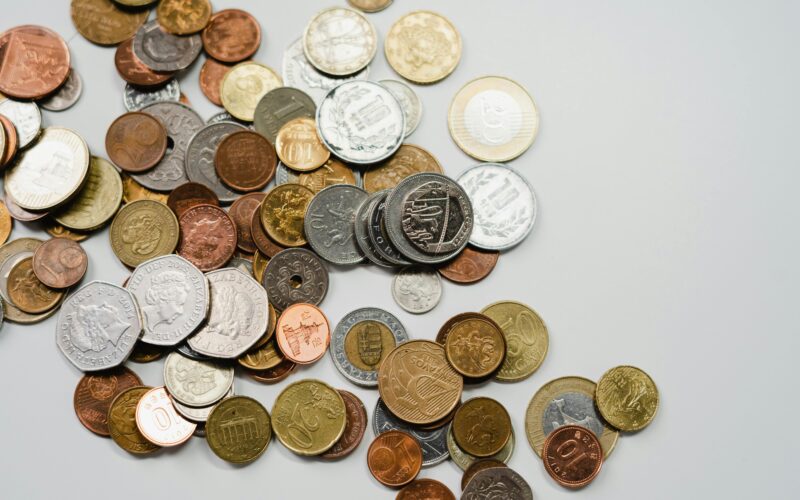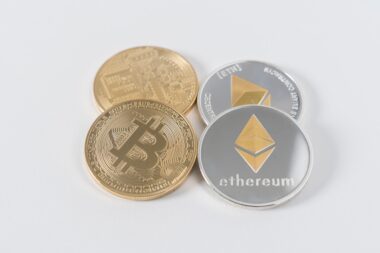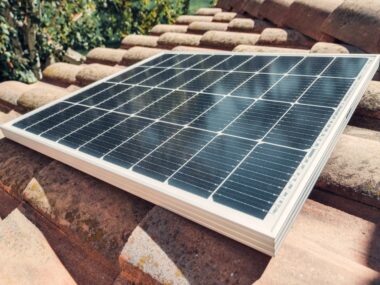The Green Climate Fund (GCF) is kind of like the world’s piggy bank for fighting climate change. It’s supposed to be a way for wealthier countries to support the developing world in their transition to cleaner energy and to help them cope with climate disasters. But lately, the fund’s been dealing with some big money problems, broken promises, red tape and questions about whether it’s really working. Let’s break it down.
What is the Green Climate Fund?
The Green Climate Fund was set up in 2010 by 194 countries as part of a global climate deal under the UN. The idea? Wealthier, developed countries (those that have historically contributed the most to climate change) would put together $100 billion per year by 2020 to help developing nations. This money would go toward two things:
- Mitigation—basically helping developing countries move away from fossil fuels and build renewable energy capabilities.
- Adaptation—because even with the best intentions, climate change is already here, and countries need to prepare for impacts like rising seas, stronger storms, and droughts.
The Green Climate Fund isn’t just handing out cash willy-nilly. It funds specific projects like water management facilities in Bangladesh, flood management programs in Samoa and forest conservation in the Amazon. The ultimate goal is to help these nations grow sustainably while preparing for the worst effects of climate change.
The Good: Success Stories
First, let’s give credit where credit is due. The Green Climate Fund has backed over 250 projects in 130 countries since it started giving out money in 2015. And many of these projects have made a real difference.
Rwanda’s Off-Grid Solar Power
In Sub-Saharan Africa, half of the population lacks access to electricity, and in Rwanda, around 70% of people aren’t connected to the grid. Through a partnership with KawiSafi Ventures Fund and BBOXX, the GCF is supporting efforts to provide affordable, reliable, and clean off-grid energy across Rwanda.
Morocco’s Argan Forests
Climate change and over-harvesting are endangering Morocco’s argan forests. The GCF and the Moroccan government are working together to support local communities in preserving these forests through the argan orchards program. Restoring Morocco’s argan forests is key to removing carbon from the air, fighting desertification, stopping soil erosion, and keeping local livelihoods tied to argan fruit going strong.
The Bad: Money Problems, Delays, and More
Now for the not-so-good part. Despite these successes, the GCF has faced plenty of challenges, and they’re not small. Here’s what’s been going wrong:
Where’s The $100 Billion?
Remember how the fund was supposed to be raking in $100 billion a year by 2020? Yeah… that hasn’t happened. While countries have pledged billions, actual payments have been slower than expected, and some countries (cough the U.S. cough) have fallen behind on their commitments.
- The U.S. Drama: The United States, under former President Obama, initially pledged $3 billion to the GCF. But then, when President Trump came into office, he pulled the U.S. out of the Paris Agreement and stopped all contributions. This left a big hole in the GCF’s budget. While the U.S. has since rejoined the Paris Agreement under President Biden, it hasn’t fully caught up on its payments.
- The Pandemic Effect: COVID-19 didn’t help either. Many countries have had to deal with the economic fallout from the pandemic, which means less money available for international climate commitments. The result? The GCF is still far from hitting that $100 billion annual target.
Too Much Red Tape
Getting a project approved by the GCF can take forever. It’s not just about having a great idea for a solar farm or a wind energy project. There’s a lot of paperwork, reviews, and approvals to get through, and the process can drag on for years.
- The Slow Lane: This has been especially frustrating for smaller, vulnerable nations that need funding now, not five years from now. For example, Small Island Developing States (SIDS) and Least Developed Countries (LDCs) have raised concerns that they’re being left behind because they don’t have the same bureaucratic muscle as larger nations to navigate the GCF’s complex system.
- Capacity Problems: Some developing countries have limited resources and expertise when it comes to preparing the detailed proposals the GCF requires. This often leaves them reliant on outside consultants, which adds to the delays and costs.
The Road Ahead: Can the GCF Bounce Back?
So, what’s next for the Green Climate Fund? Here’s what we’re watching:
1. A Big Ask For More Money
In 2023, the GCF launched a new round of fundraising, asking donor countries to open their wallets again. This is known as the “second replenishment” of the fund. The big question: will rich countries step up?
- European Leadership: Countries like Germany, France, and the United Kingdom have been strong supporters of the GCF, pledging significant sums in the past. They’re expected to lead the charge again.
- What About the U.S.?: All eyes are on the United States. While the Biden administration has recommitted to climate action, there’s still a lot of ground to make up. Whether the U.S. can restore its full contribution to the GCF could be a make-or-break moment for the fund.
2. Getting Private Companies Involved
The GCF is also looking for new ways to bring in money. One option: partnering with private companies. The idea is that businesses—especially in industries like renewable energy—could help fund and scale up green projects.
- Pros and Cons: This could bring in a lot more cash, but there are concerns. Critics worry that private sector involvement could prioritize profit over people, potentially sidelining the needs of the most vulnerable communities.
3. Reforming The System
There’s a growing push to make the GCF work better. That means cutting down on red tape, speeding up project approvals, and making sure that the most vulnerable countries get their fair share of funding.
- Faster Approvals, Please: One of the main criticisms of the GCF has been its slow and bureaucratic approval process. Streamlining these processes could make a huge difference for countries facing immediate climate threats.
The Bottom Line
The Green Climate Fund can be a crucial tool in the fight against climate change, especially for developing countries that are on the front lines of the crisis. But like many international initiatives, it’s been plagued by delays, funding shortfalls, and political infighting.
Moving forward, the GCF needs more consistent funding from wealthier nations, a faster and more transparent approval process, and a greater focus on helping the world’s most vulnerable communities adapt to a changing climate. With the stakes this high, the next few years will be critical for determining whether the GCF can live up to its promise or not.
The information provided in this article is for general informational purposes only and may not reflect the most current developments regarding the Green Climate Fund (GCF). While we strive for accuracy, readers are encouraged to consult official GCF sources for specific details.








